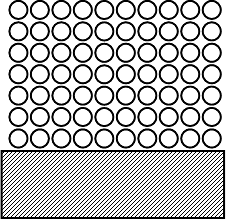Cover up
This task is about showing how to find out how many counters are covered on an array.
For the questions below there are 10 × 10 (100) counters and some have been covered.
|
a) Show how to work out how many counters have been covered.
|

|
|
|
b) Show how to work out how many counters have been covered.
|
 |
|
|
c) Show how to work out how many counters have been covered.
|
 |

